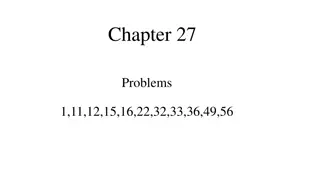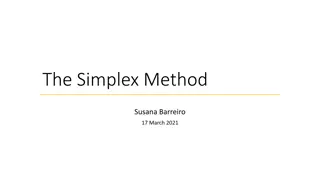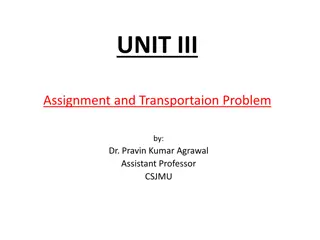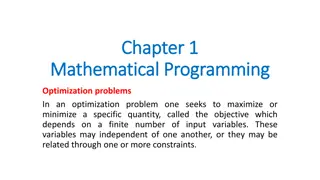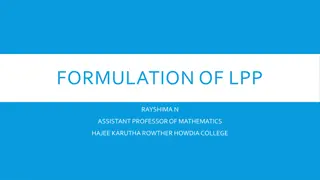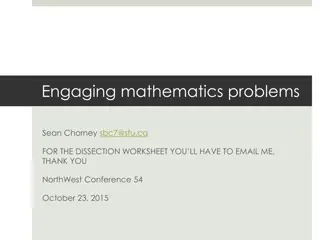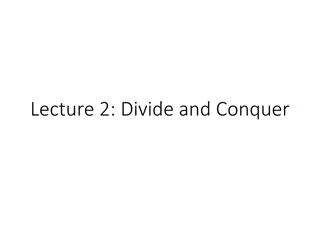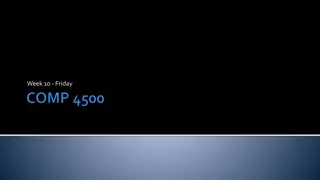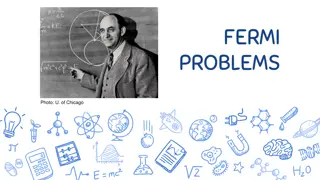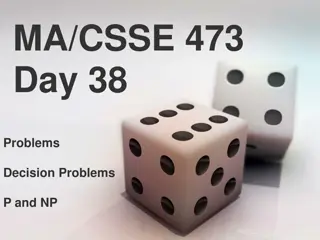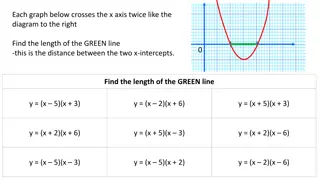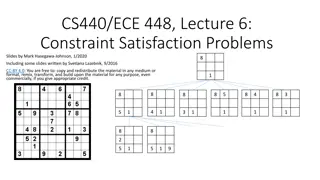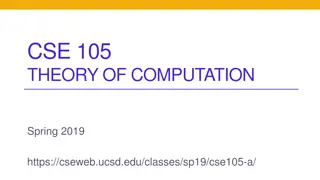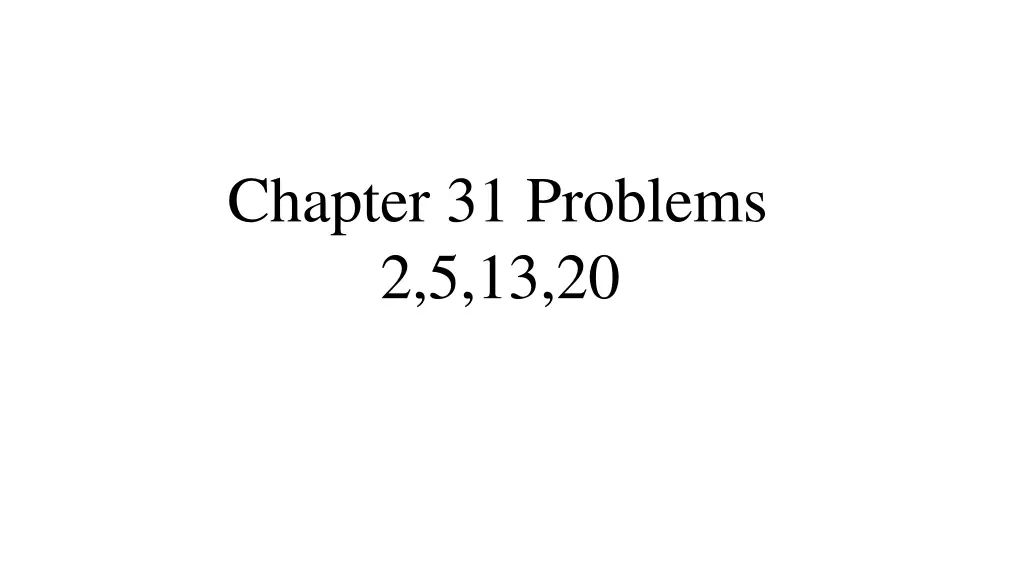
Electromagnetic Induction Problems & Solutions
Explore a series of problems related to electromagnetic induction, including calculating induced current in loops, current induced in coils due to changing magnetic fields, and EMF induced in coils by changing currents. Find solutions to these problems with detailed explanations.
Download Presentation

Please find below an Image/Link to download the presentation.
The content on the website is provided AS IS for your information and personal use only. It may not be sold, licensed, or shared on other websites without obtaining consent from the author. If you encounter any issues during the download, it is possible that the publisher has removed the file from their server.
You are allowed to download the files provided on this website for personal or commercial use, subject to the condition that they are used lawfully. All files are the property of their respective owners.
The content on the website is provided AS IS for your information and personal use only. It may not be sold, licensed, or shared on other websites without obtaining consent from the author.
E N D
Presentation Transcript
Chapter 31 Problems 2,5,13,20
2. A flat loop of wire consisting of a single turn of cross-sectional area 8.00 cm2 is perpendicular to a magnetic field that increases uniformly in magnitude from 0.500 T to 2.50 T in 1.00 s. What is the resulting induced current if the loop has a resistance of 2.00 ?
5. A strong electromagnet produces a uniform magnetic field of 1.60 T over a cross- sectional area of 0.200 m2. We place a coil having 200 turns and a total resistance of 20.0 around the electromagnet. We then smoothly reduce the current in the electromagnet until it reaches zero in 20.0 ms. What is the current induced in the coil?
13. A long solenoid has 400 turns per meter and carries a current given by I = (30.0 A)(1 e 1.60 t ). Inside the solenoid and coaxial with it is a coil that has a radius of 6.00 cm and consists of a total of 250 turns of fine wire (Fig. P31.13). What emf is induced in the coil by the changing current?
20. Consider the arrangement shown in Figure P31.20. Assume that R = 6.00 , = 1.20 m, and a uniform 2.50-T magnetic field is directed into the page. At what speed should the bar be moved to produce a current of 0.500 A in the resistor?



